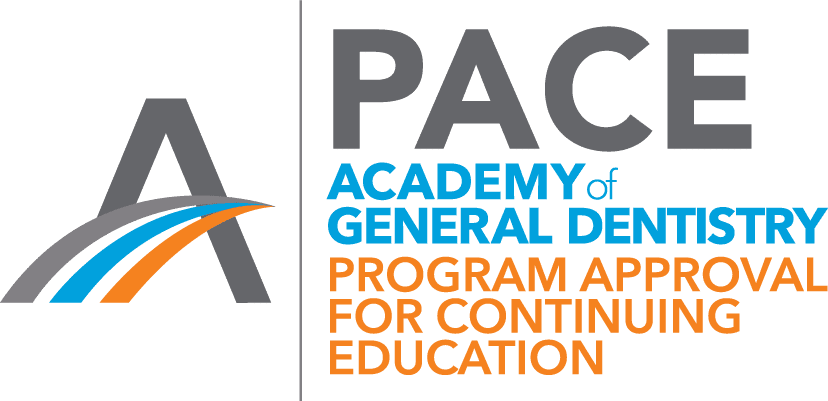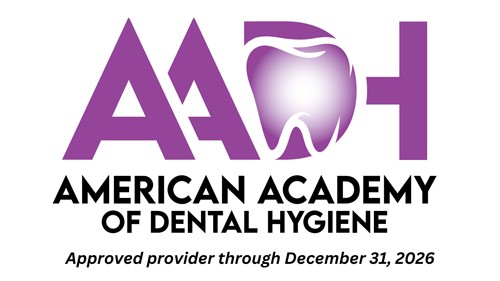This course is now closed. We apologize for any inconvenience.
Rheumatoid arthritis (RA) is an inflammatory form of arthritis affecting 1.3 million individuals in the United States. RA symptoms are due to an overactive autoimmune response that leads to joint damage and, subsequently, a significant societal burden related to patient discomfort, declining quality of life, and increased treatment costs. Several studies have indicated patients with RA have a higher prevalence of periodontal disease than those without RA or with other forms of arthritis. Current understanding of the pathogenesis of RA lacks a clear picture of the autoantibody response and its potential initiators. However, specific serum antibodies directed to citrullinated peptides are associated with smoking, disease severity, periodontal disease, and periopathogenic microbiota. Additionally, the underlying mechanisms of bone resorption and synovial inflammation are analogous in RA and periodontitis. These common pathologic processes, shared risk factors, and potential initiating role of periodontal bacteria highlight the need for interprofessional management of patients with RA and periodontitis. This course seeks to improve dental health-care providers’ understanding of the interaction between periodontal disease and RA as well as aid in the clinical decision-making process in caring for patients with RA in a dental setting.
Educational objectives
Upon completion of this course, the dental professional should be able to:
1. Understand the current scientific literature concerning the association between periodontal health and rheumatoid arthritis (RA) and discuss the interactions between these two conditions with patients
2. Discuss with patients the common risk factors and potential shared etiologic factors associated with periodontitis and RA, and become familiarized with strategies to treat those risk factors
3. Evaluate the evidence supporting delivery of nonsurgical periodontal treatment and adjunctive therapies in patients with RA and periodontitis and their potential impact on RA development and symptoms
4. Evaluate patients’ risk factors and oral home-care practices while focusing on individualized patient needs and severity of RA disease markers
5. Discuss with members of the interprofessional team about the importance of, and effective methods for, treatment of periodontal disease in patients with RA
Photo credit: © Jan Mika | Dreamstime.com
Quick Access Code: 20006






